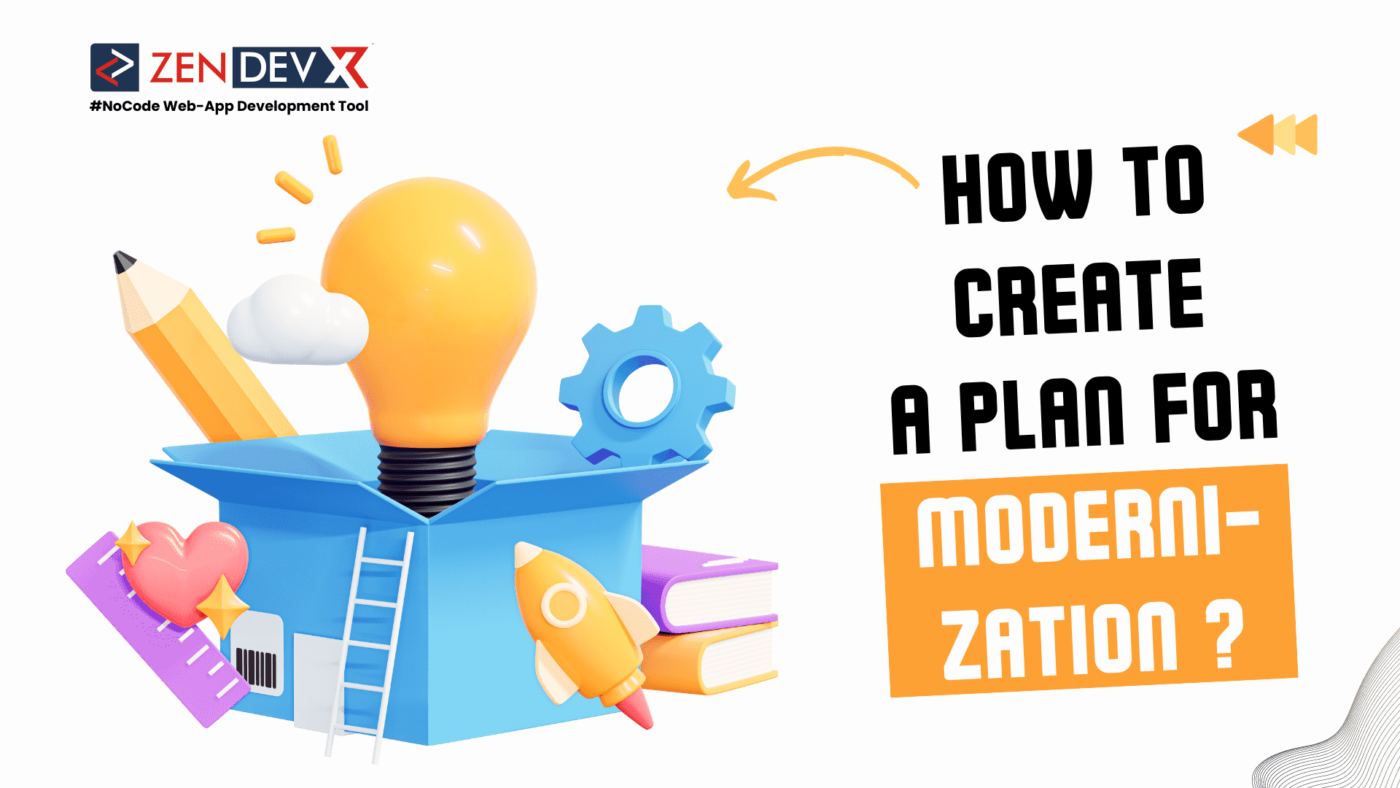Any effort at application modernization starts with a careful review of your current systems. Starting your project plan by inventorying your application portfolio and ranking each application according to relevance to your corporate operations and goals helps you.
What thus are the responsibilities for the achievement of this stage ?
Make a list of every application in your current portfolio first. This covers both historical and contemporary applications running on your system. Define then the business value of these programs. You have to include a whole business-related framework for deciding the value of any application instead of concentrating only on their financial component. This can involve rating their impact on your income, client use, and company procedures.
Sort each application into four groups once you have established their commercial value: Retire, Tolerate, Modernize, and Invest. Retire contains apps that fit for deletion; your assessment may identify duplicate applications or ones with no appreciable business value. Stated differently, their running and maintenance expenses vastly exceed comparable benefits. Tolerate then consists of apps that offer commercial value but are not necessarily ingrained in the infrastructure of the firm and so call for just minimal care.
Invest in projects with great potential to provide strong corporate value; but, to realize their potential, they need reengineering or other major infrastructure improvement. Last but not least, modernize refers to apps with great economic value that fit poorly for the company based on technology. Development in this area has a major influence on the bottom line. These programs might, however, depend on a declining supply of human resources or unsupported technology or platforms. Developing a modernization strategy calls for this category most importantly. They show locations around which you will develop your modernization plan, thereby offering possibilities.
How Should One Create a Modernization Plan ?
Once you have found applications that call for modernization, you must decide on an approach for each one. Your approach will rely on the demands of the application, your own resources and budget, and your general company objectives. Given that this stage could entail several sub-projects, thorough preparation could be necessary.
These chores will help you to properly carry out this stage:
- Match solutions fit for your general modernization schedule to every application.
- Create a sub-project schedule for every modernizing application. This plan should include phases, chores, and review points much as your general project schedule does.
- Select a partner who not only knows your company but also your short- and long-term objectives to guarantee suitable application modernization services. Your partner has to approach software and processes holistically and have a demonstrated track record of delivering customized solutions particular to every application and business.
- To set your priorities and be ready for the next phase, run cost, benefit, and risk analyses.
See further details on how your company may apply modernizing solutions in this IBM AS 400 iSeries article.
How Would One Create a Modernization Design ?
The last stage serves the design one. Here is where you create doable plans for modernizing any application. This relates to selecting suitable modernization methods. The business processes connected to each application and your objectives will determine the methods you decide upon for that application.
For instance, refacing or screen scraping would be sufficient if just adding a graphical user interface will enhance your user experience.
Tasks related to modernizing design:
- Examine the business procedures connected to candidates for modernizing apps. Design should incorporate process optimization from start.
- Create a design meant for modernizing every application.
- List areas of the application you could recycle.
- Specify the new elements and how they interact with the legacy application’s reusing sections.
How Do You Apply Your Techniques and Modernizing Strategies ?
Implementation and execution follow from your design of your modernization approach for every application. You put your modernizing design into effect here. Your IT team can start turning your legacy application modern by starting to install your tools. It is crucial to make sure your implementation teams and IT department stay efficient all through the change process. You must thus give orders top priority and create a framework for answering questions that come up during the process. It is non-negotiable; you must precisely specify, from the outset, how your project will affect IT and how IT will react.
The following chores will guarantee the effective running of this stage:
- Adjust your legacy application. Adapting the legacy application is either creating APIs into the legacy program or getting scripts ready for screen grabbing. The degree of the adaption relies on the approach of modernization.
- Create or replace fresh components.
- Create or install integration parts.
- Put improvements into effect for corporate processes.
- Write tools for data conversion. Data conversion tools are relevant when the legacy application no longer controls the database.
- Try the upgraded application.
How Would You Manage and Implement Your Modernized Application ?
This is the last phase. You have to use and oversee your modernization process once it is finished. In this stage, staff training should be the first strategy used. Your staff members have most likely used your outdated systems for years; however, they need to adjust to your new procedures to guarantee they can keep and profit from the upgraded tools. Roll out the updated applications to a production environment once everyone is up to speed.
See this page on IBM i green screen modernization to learn more about the advantages updating your 5250 apps will provide for your company.
Are you developing an application modernizing strategy ?
Modernizing applications is a sensitive process that can easily become a nightmare if done incorrectly. Fortunately, there are numerous tools and services available to support corporate technical teams on their modernization initiatives. This degree of knowledge translates into modernizing technology and services that will guarantee the success of your project.


